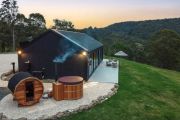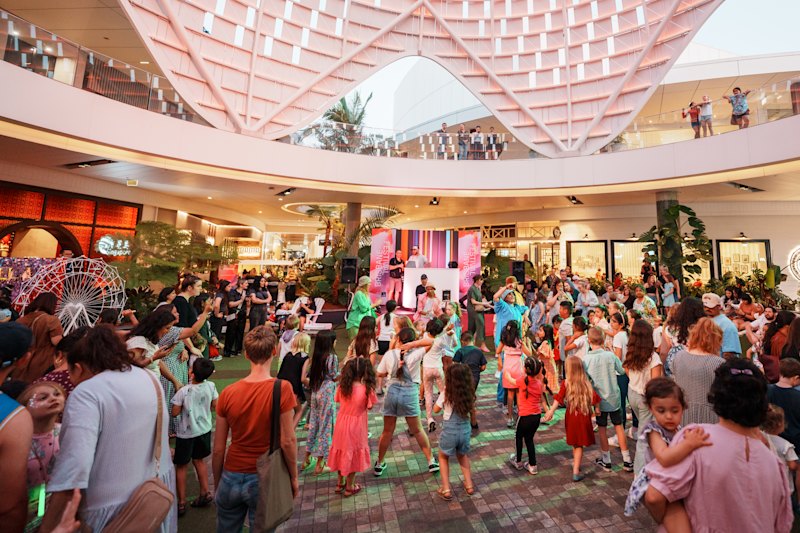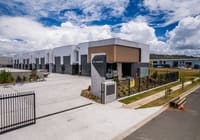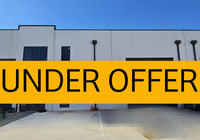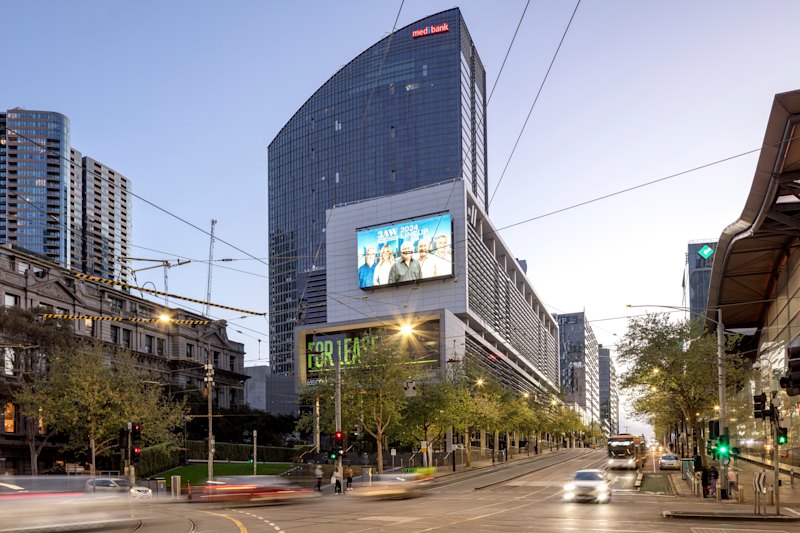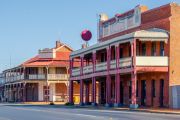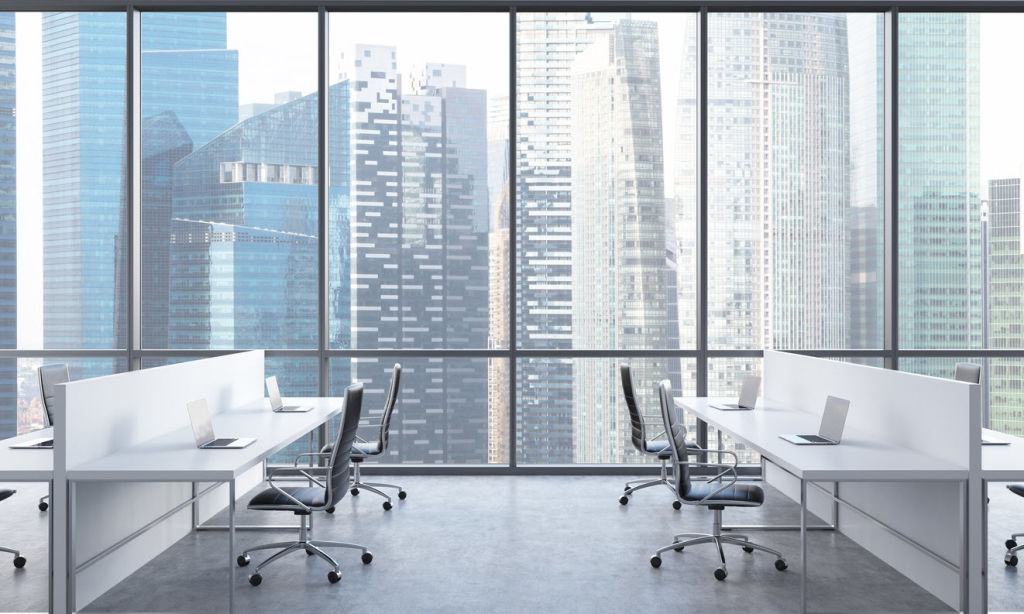
How much does it cost to rent office space?
Location, amenities, the grade of the building, as well as external factors such as market forces of supply and demand, population growth, lease terms and vacancy rates, are among the broad mix of factors which determine how much it costs to rent an office.
The attractiveness of a location is a key factor
Premium-grade buildings – typically located in the heart of a CBD – tend to command the highest rental levels, with A and B-grade, or lesser-quality buildings following thereafter, according to Knight Frank office leasing NSW director Tina Raftopoulos.
Similarly, locations offering fewer amenities and less accessibility will tend to attract less than the average commercial rent per square metre.
The cost to rent office space is more than a core monthly repayment as it includes both the total costs of relocation and some hidden expenses, says Joel Duffy, Cushman & Wakefield Sydney office leasing executive.
“It is important that tenants consider all costs, including their fit out, ‘make good’ on previous premises, agency and legal fees, and other ancillary costs to get them up and running in their new space,” Mr Duffy said.
Factors that affect commercial rent:
- Location
- Class of asset (whether A-grade, B-grade etc)
- Size
- Lease term, deal structure and whether a new fitout is required
How is office space rent calculated?
Office lease rents are usually advertised as a dollar-per-square-metre figure. This can be advertised per annum or per month, and is typically exclusive of GST. For example, say a 50sqm office is advertised at $65 per square metre per month. The annual cost to rent – excluding GST – would be: $65 x 50 x 12 = $39,000. GST can be worked out by adding 10 per cent to the rental figure. Therefore, the annual rent inclusive of GST would be: $39,000 x (1.1) = $42,900.
According to Cushman & Wakefield, gross rents are an all-inclusive figure that includes all building outgoings. Under a net lease, outgoings are separated from the outset and clearly outlined as an additional cost to the tenant.
Outgoings, which are passed on to a tenant, include:
- rates
- land tax
- building insurance
- repairs and cleaning costs (excluding capital costs)
- management fees
Incentives are typically applied in addition to gross rent, and can comprise a rent-free period, rent abatement, a fitout contribution, or a combination of such incentives.
According to Colliers International tenant advisory director Rowan Humphreys, in reality commercial rent is finalised by negotiation – it is essentially an offer and acceptance process.
Rents and incentives are dependent on the equilibrium in the local market.
In certain markets the development cycle has favourable circumstances for tenants, while in other markets it favours landlords, Mr Humphreys said.
Commercial lease rates per square metre in Sydney (CBD) are the highest in Australia, with prime grade – premium and A-grade – at net rental levels of $992 per square metre per annum, according to Knight Frank.
How do I know if I’m paying too much?
There are many variables to take into account when it comes to a commercial property price per square metre and determining if you are paying too much rent.
Make sure you allow sufficient time to research the right deal for your business.
Compare similar rents and deals to the premises you are interested in renting.
A good agent should be able to advise you on the state of the market and offer evidence of the latest office-space rental rates.
You should also be provided with a summary of the different options available to meet your requirements.
Colliers International recommends familiarising yourself with the complex nuances of commercial leasing or seek professional assistance through a tenant advisor.
Understanding the market will help you identify undervalued property options and pockets of the market that represent better value at that particular time, Mr Humphreys said.
“This places significantly greater importance on retaining tenant advisors with both expert market knowledge and strong professional relationships to ensure all available stock can be accessed and the best outcome is achieved.”
Average commercial rent in Australia
| State | Net face rent* ($/sqm) |
Incentives |
| NSW | ||
| Sydney CBD premium | $1025 | 22% |
| North Sydney | $785 | 20% |
| Parramatta | $485 | 15% |
| CBD fringe | $675 | 13% |
| Vic | ||
| Melbourne CBD premium | $698 | 27% |
| St Kilda Rd | $400 | 21% |
| Southbank | $495 | 23% |
| City Fringe | $460 | 7% |
| Qld | ||
| Brisbane CBD premium | $670 | 37% |
| Inner south | $458 | 33% |
| Gold Coast | $380 | 12% |
Source: Colliers International H1, 2018
* The rent shown on a lease document, which does not include outgoings.
Buying vs leasing office space
Buying a commercial strata suite will give you more control over your space, advises Knight Frank.
“However, the cost of strata suites has risen significantly in recent times due to accessibility and the low cost of funding,” Ms Raftopoulos said.
“Acquiring a commercial property gives you less flexibility in terms of the expansion and contraction of space, and there is the additional burden of capital expenditure to upgrade the suite.”
Benefits of leasing office space:
- Flexibility
- Ability to expand and contract your business
- More freedom to take up good leasing opportunities
- Less equity and cash is tied up in your business
Benefits of buying office space:
- It is your property and you can change it as you see fit
- Management decisions are your responsibility
- You can receive rental income
- Capital growth potential
- Tax advantages


